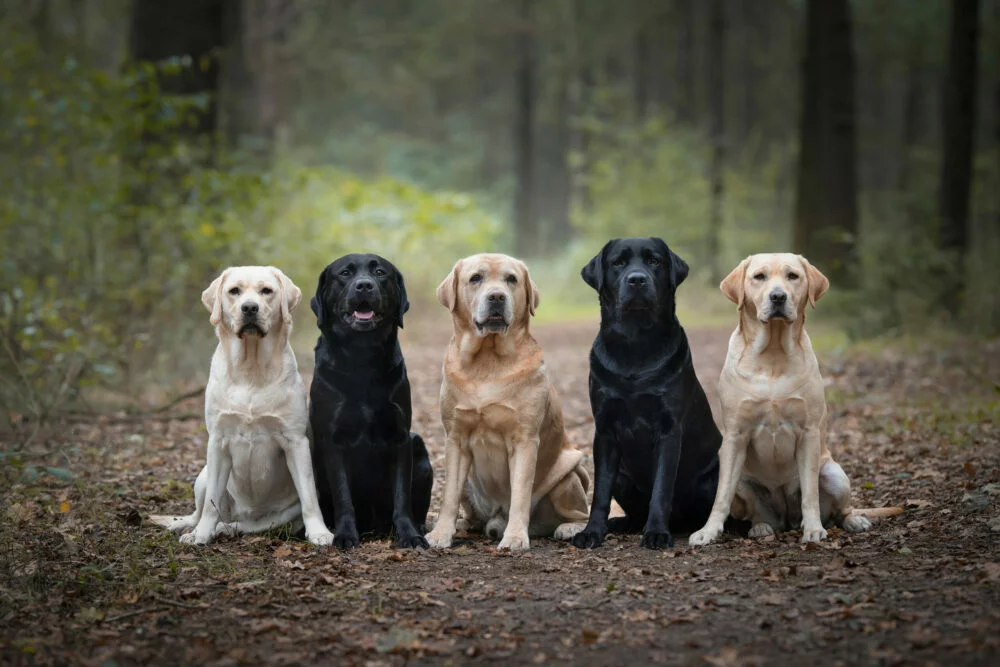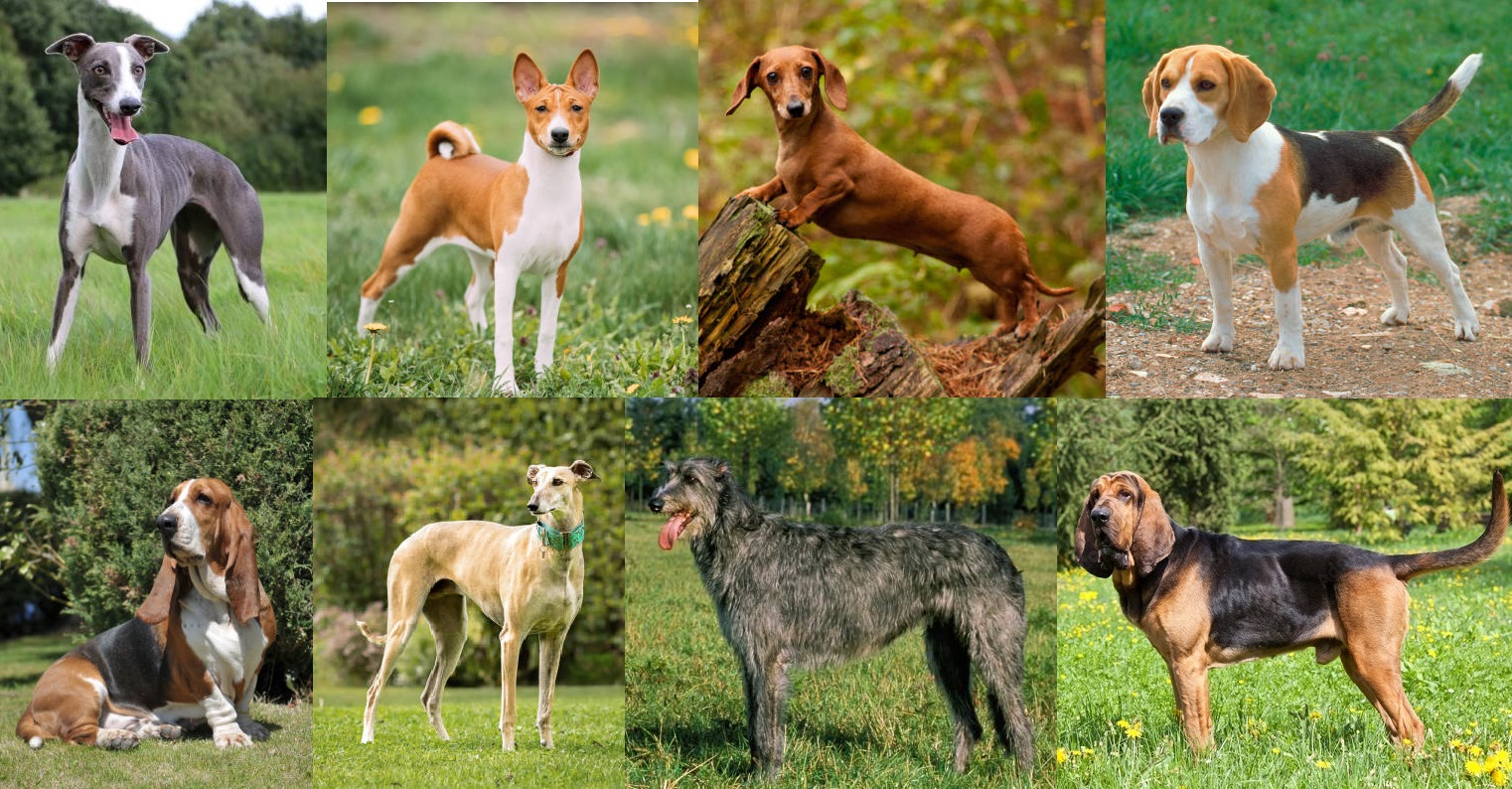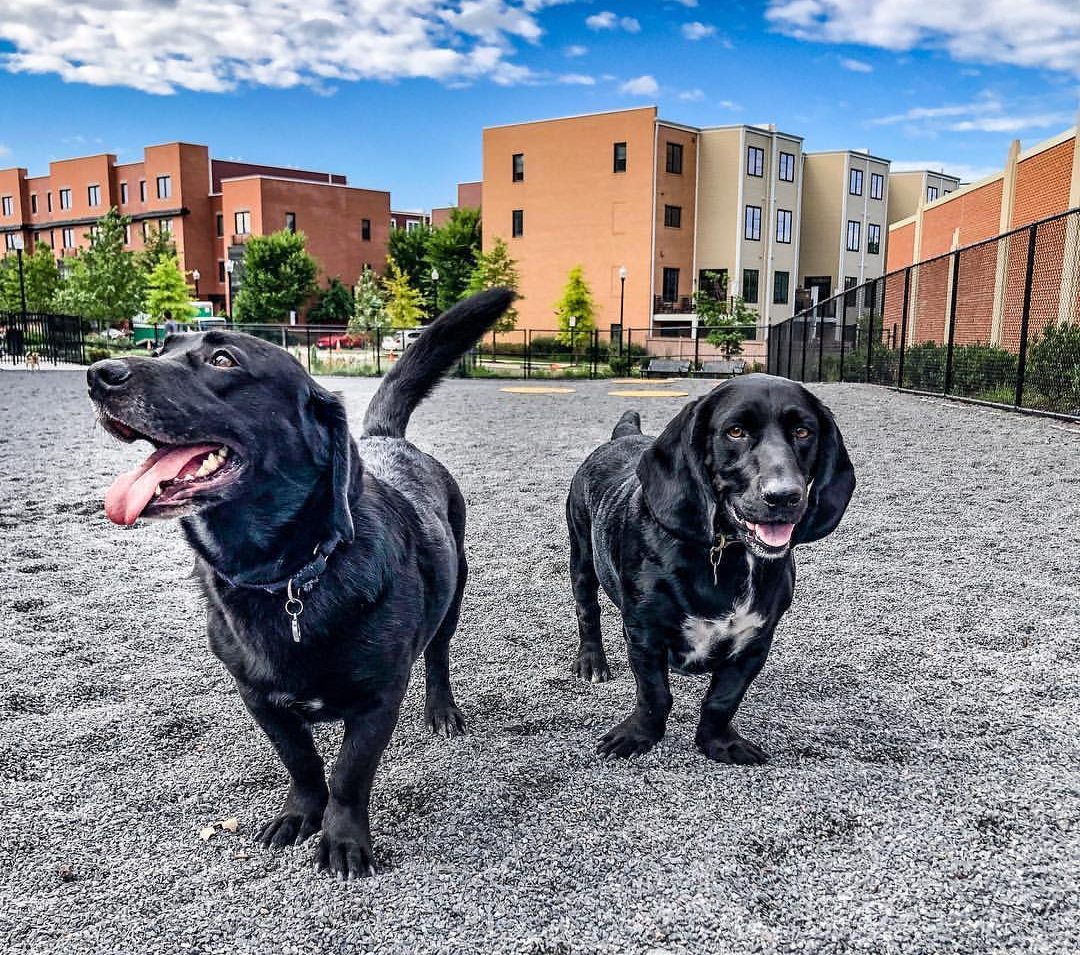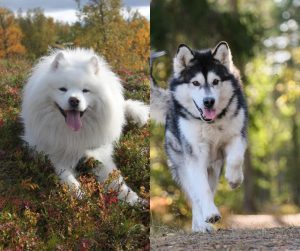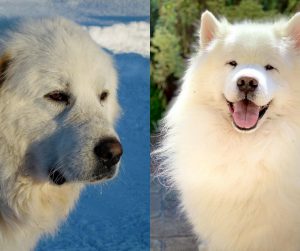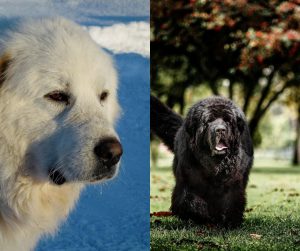For many years, Labrador Retrievers enjoyed the status of the most popular dog breed in the US. Recently, they lost that spot to French Bulldog, but that doesn’t mean Labs are no longer popular. Because of their popularity, Labradors have been one of the best options for cross-breeding. Today, we will talk about one such hybrid dog, the Lab Hound Mix.
It is a dog breed that can go many different ways. One of the parents here is Lab, while the other can be any different hound dog.
Meet The Breed
The Lab Hound Mix is an offspring of Labrador Retriever and any of the hound breeds. Some of the popular options for the second parent breed include Greyhound, Bloodhound, Beagle, Basset Hound, Dachshund, Afghan Hound, or any other dog.
The name of the Hound Lab mix can vary, depending on the second parent. With that in mind, we have names like Bassador, Dachsador, Labloodhound, and many more. It refers to the hound breed. For example, a Bloodhound Lab mix is called Labloodhound.
Meet The Parents
When we talk about designer breeds, we have to begin with the parent breeds. In this case, we have a Labrador parent and a Hound parent. Let’s discuss it.
Labrador Retriever
For many years, the Labrador Retriever was the most popular dog breed in the United States according to The American Kennel Club. There are so many reasons why Labs ranked so high.
Let’s take a look at the breed’s personality traits:
- Praised for their friendly nature, Labs love to be around people and other animals
- They might be a bit reserved compared to Golden Retriever, but Labs do not have an ounce of aggression in them
- They are fiercely loyal to their owners and will do anything for them
- Known for their high energy levels, they need plenty of exercise to keep them happy
- Labs have a playful nature, making them great companions for active owners who want to play games like fetch and chase
- Patient and calm, they are gentle and amazing around children and other animals
Because of their gentle nature, Labs are often praised as the best family dog. They thrive in a household with children and can live with other animals as well.
Hounds
According to The American Kennel Club, there are 31 different hound dog breeds. And all of them were bred for hunting. That means there are 31 different options for a Lab Hound mix. These dogs are divided into two groups, sight hounds and scent hounds. Depending on the group they fall into, they have different characteristics.
Some of the most popular hounds include Whippet, Bloodhound, Greyhound, Basset Hound, Beagle, Basenji, Irish Wolfhound, Dachshund, and more.
All of them are known for their unique characteristics that make them stand out. Here are some common personality traits of hounds.
- If they fall into the scent hound group, they have an incredible sense of smell, allowing them to track things over long distances
- All hounds have independent nature, which can make them a bit stubborn. They are often more interested in following their nose than listening to their dog owner
- They are vocal and recognized for their distinctive howl, used to communicate with other animals and owners
- They are independent but fiercely loyal to their owners
- Naturally curious, they love to explore their surroundings
- Despite their high energy, hound-breed dogs are calm and have a relaxed demeanor
Appearance
As we said before, there are many different hound dog breeds that you can mix with a Labrador Retriever. Depending on the hound used for the crossbreed, we can expect different sizes and appearances.
Take this into consideration. Labradors are medium-to-large dogs that measure between 21 and 23 inches and weigh between 55 and 80 pounds. And then you have hounds, which can range from small breeds like Dachshunds to large breeds like Bloodhound. For example, the Bloodhound grows between 23 and 27 inches and can weigh up to 110 pounds.
With that in mind, a Lab mixed with a Basset Hound will be smaller. Simple math says Bassets grow at a maximum of 15 inches.
And if the Lab is mixed with a Grey, you can expect another big canine. Greyhounds grow between 27 and 30 inches, but they do not have the muscular body of the Lab. Greyhounds are slender and much more athletic.
The appearance is difficult to predict as well. They can have the face of the Labrador parent, but the long and floppy ears of a scent hound.
Labs have a double coat, while hounds usually have a short coat. Hounds tend to shed seasonally, while Labs shed year-round.
Often, Lab Hound mix puppies inherit the color of the Lab parent, which ranges between black, chocolate, brown, white, and yellow.
Temperament
Next on the list is temperament, another area where there are no guarantees. One of the reasons why Labradors are so popular is their temperament. But you cannot guarantee what will happen when you mix your Lab with a Hound.
The good news is that in any case, you will have an intelligent dog. Labs are among the smartest dogs. And Hounds rank high on the intelligence level as well.
The difference is how they behave with their owner. Labs are reward-driven and eager to please. On the other hand, hounds can be a bit more stubborn and independent. They are not concerned with pleasing their human as much as Labs are.
Your mixed breed should be somewhere in between highly trainable and incredibly stubborn. More on this later on.
Speaking of their character, both parents are very friendly dogs. They love to play and make friends with people and animals. Because of their friendly nature, do not expect your Labrador Hound mix to be a guard dog.
Then you have to consider barking. A purebred Lab doesn’t bark, while dogs in the hound group howl. So, while barking will not be an issue, you can expect some other forms of communication. And we said hounds are quite vocal when it comes to expressing their opinion.
Last but not least, both parents are needy. You should be ready to provide lots of love and attention. Otherwise, they can be prone to developing separation anxiety. Quite the irony, right? Labs are some of the best therapy dogs, but they cannot be left alone for a longer period.
Training
As we said before, training a Labrador hound mix can turn into quite a challenge. One parent is on the highly trainable part of the spectrum, while the other is on the stubborn side.
The trick here is to fully understand the genetics of the hound breed. And modify training in a way that stimulates and encourages the natural instincts of your puppy. Hounds love to search and explore, so make that a reward for their good behavior.
Play games that stimulate them to search. For example, you can hide treats at home. Or throw treats outside while walking to make your dog sniff and search for them.
Yes, Hound dogs and their mixes are famous for their independent side and hard-headedness, you can make it work.
Training each dog is different. Hounds respond to positive reinforcement, but you have to reinforce their instinct.
And while you can expect a friendly puppy, socialization is still important. Make sure your mixed-breed puppy meets a lot of new people, places, sights, sounds, and experiences. Socialization is much more than just meeting other dogs.
Do not force your pet into experiences he is not comfortable doing. The good news is that socialization should be easy given the fact Lab Hound mixes love to explore new things.
Exercise Needs
No matter which hound dog is the second parent, you can expect an active puppy. Most hounds are known for their high energy levels. And Labs are among the most active dogs. Now, if your second parent is a Basset Hound, that is a different story.
Make sure your dog gets plenty of exercise. Generally speaking, that should be between 45 and 60 minutes of physical exercise per day.
And given their high intelligence, you should also provide plenty of mental stimulation. The best way is to play games that stimulate your dog but also provide physical exercise.
Health
One of the main reasons designer breeds have soared in popularity is their health. Any mixed breed is potentially healthier than its parent breeds. Yes, hybrid dogs are susceptible to genetic illnesses as well, but to a lower percentage.
Yet, we have to warn of some potential problems. Because of the hound genes, these Lab Hound mixes are susceptible to back problems, blindness, and obesity.
And if your mixed breed dog is the result of a larger dog like Bloodhound, you can have issues like bloating, hip dysplasia, and elbow dysplasia.
Generally speaking, these canines live between 10 and 13 years.
Grooming
Labradors are heavy shedders year-round, while Hounds shed mostly during blowout season. A Hound Lab mix is a moderate shedder, requiring little maintenance. You should maintain a regular grooming schedule of once per week.
Bathing your dog once every 4 to 6 months will help in maintaining a shiny coat. Sometimes, your Lab Hound mix might have wrinkles on the face and neck. Make sure that the skin area is dry and clean. Wipe folds with a baby wipe or washcloth.
Why Shouldn’t You Get One?
- Might be a bit vocal, especially howl due to the hound genetics
- They often inherit the stubbornness and independent streak of Hound parents
- You might get a hound mix that sheds more than regular hound breeds
Why Should You Get One?
- A dog that is quite more trainable than a regular hound dog
- One of the friendliest dogs in the canine world
- Imagine a Labrador with an even better sense of smell


